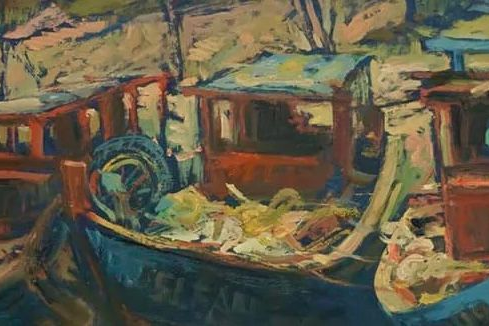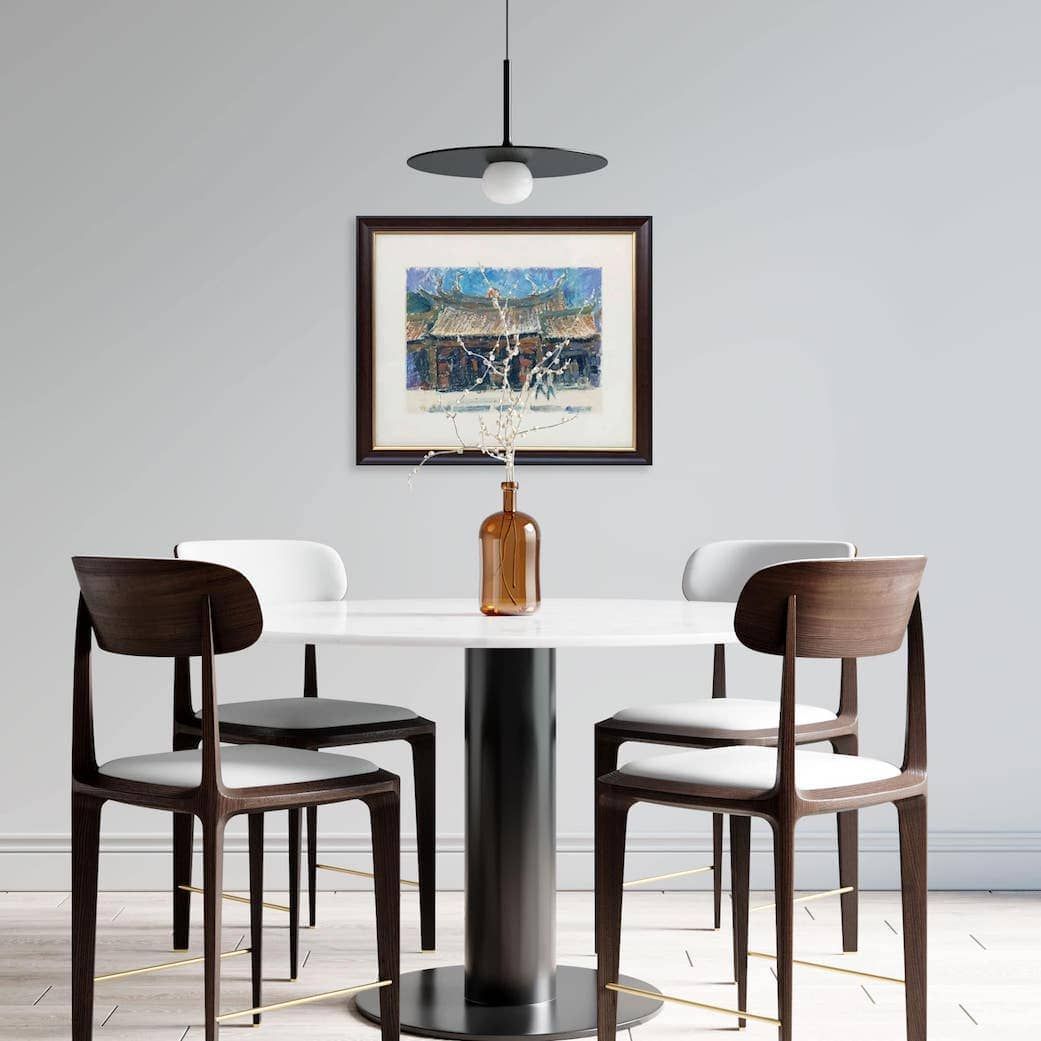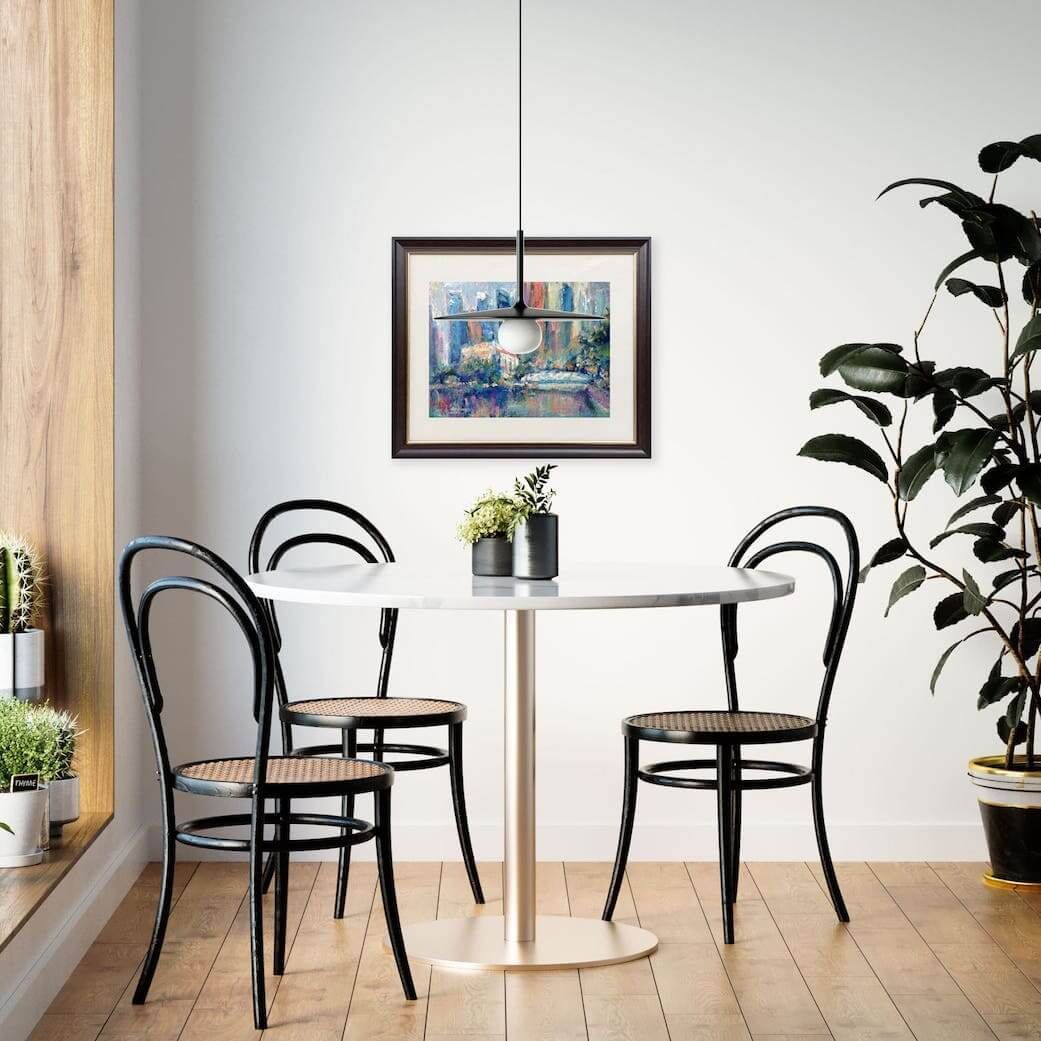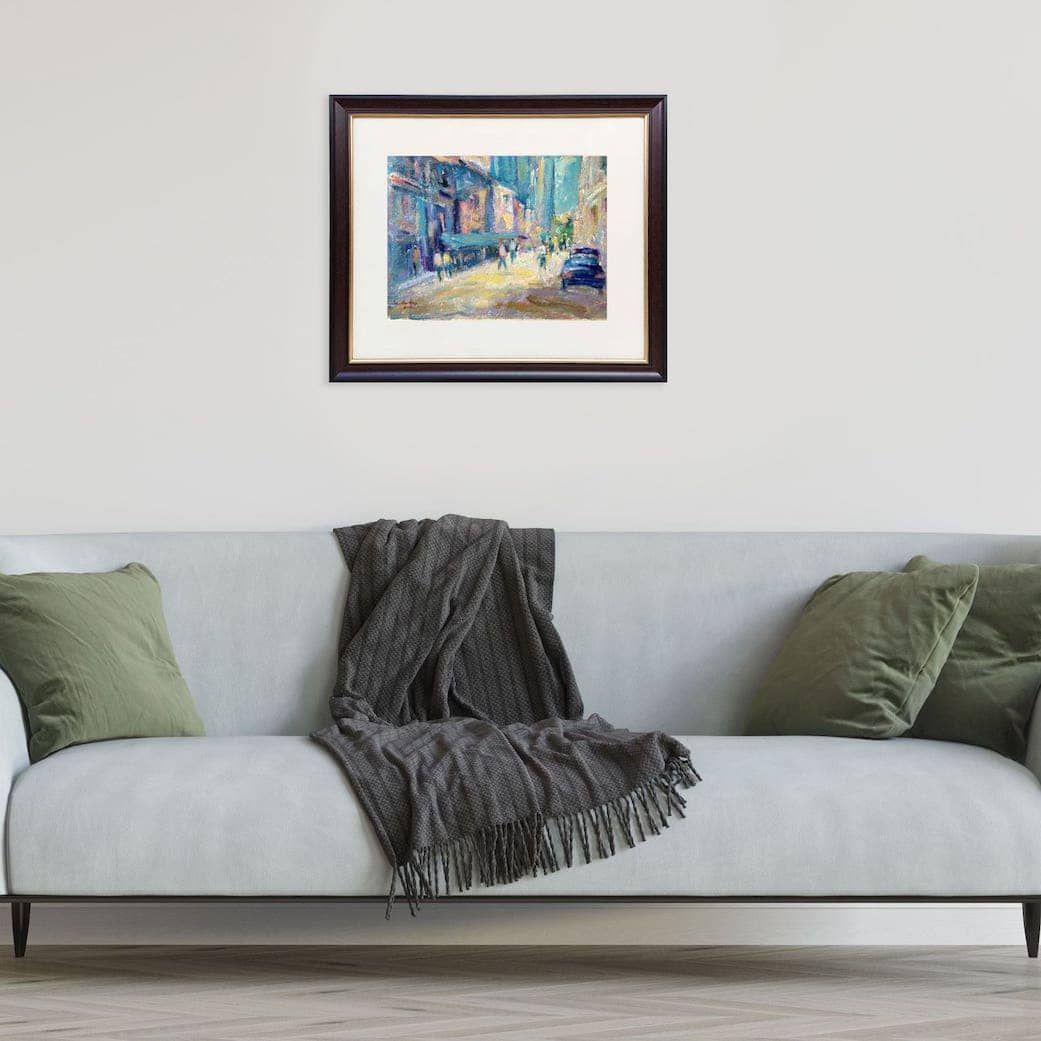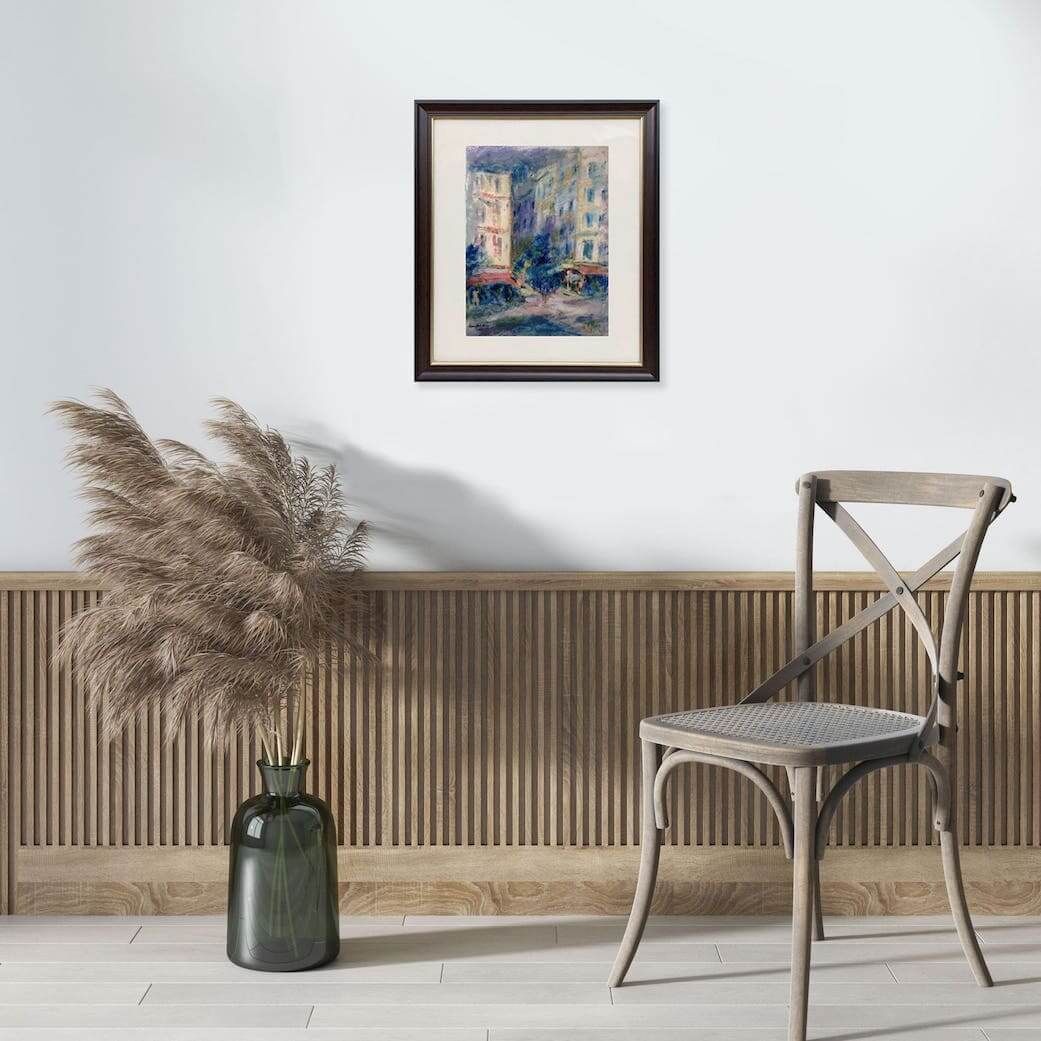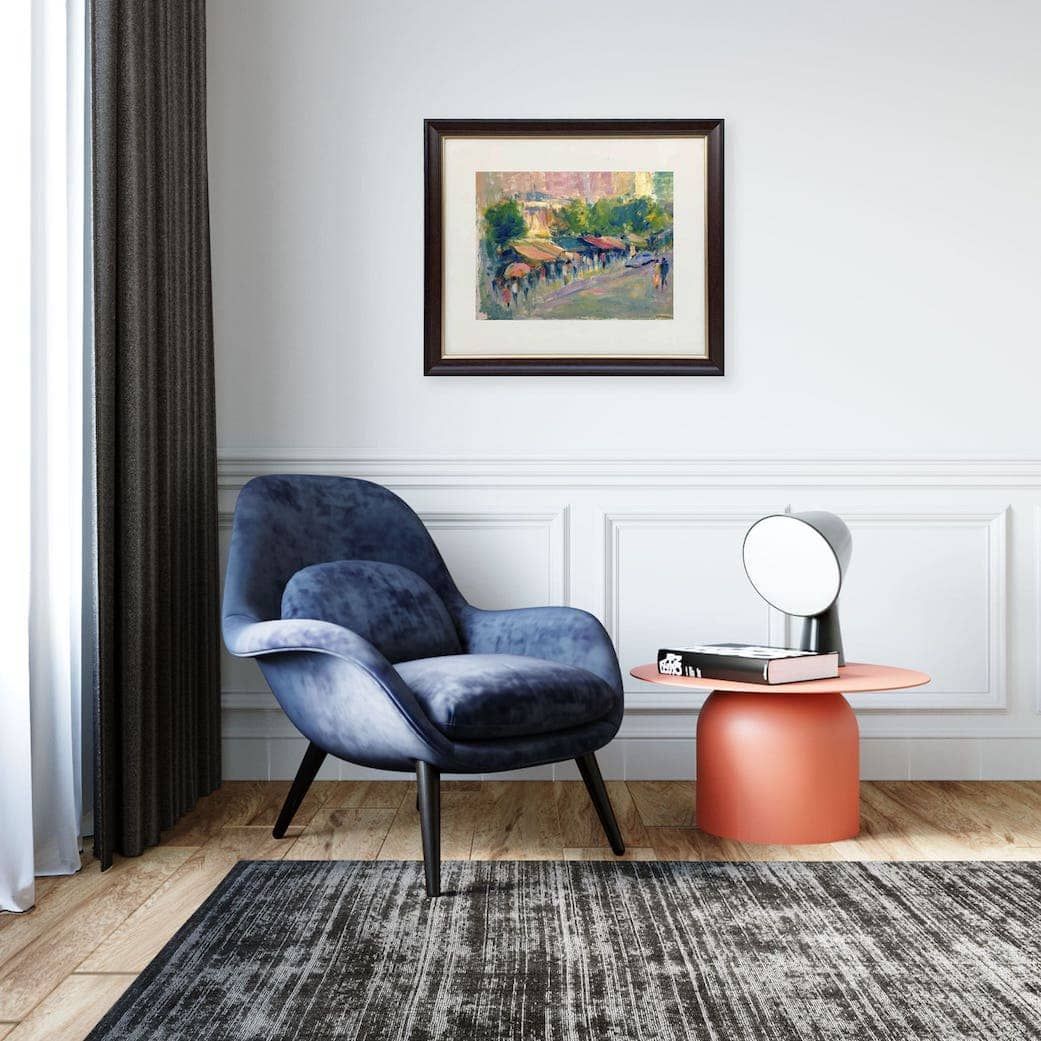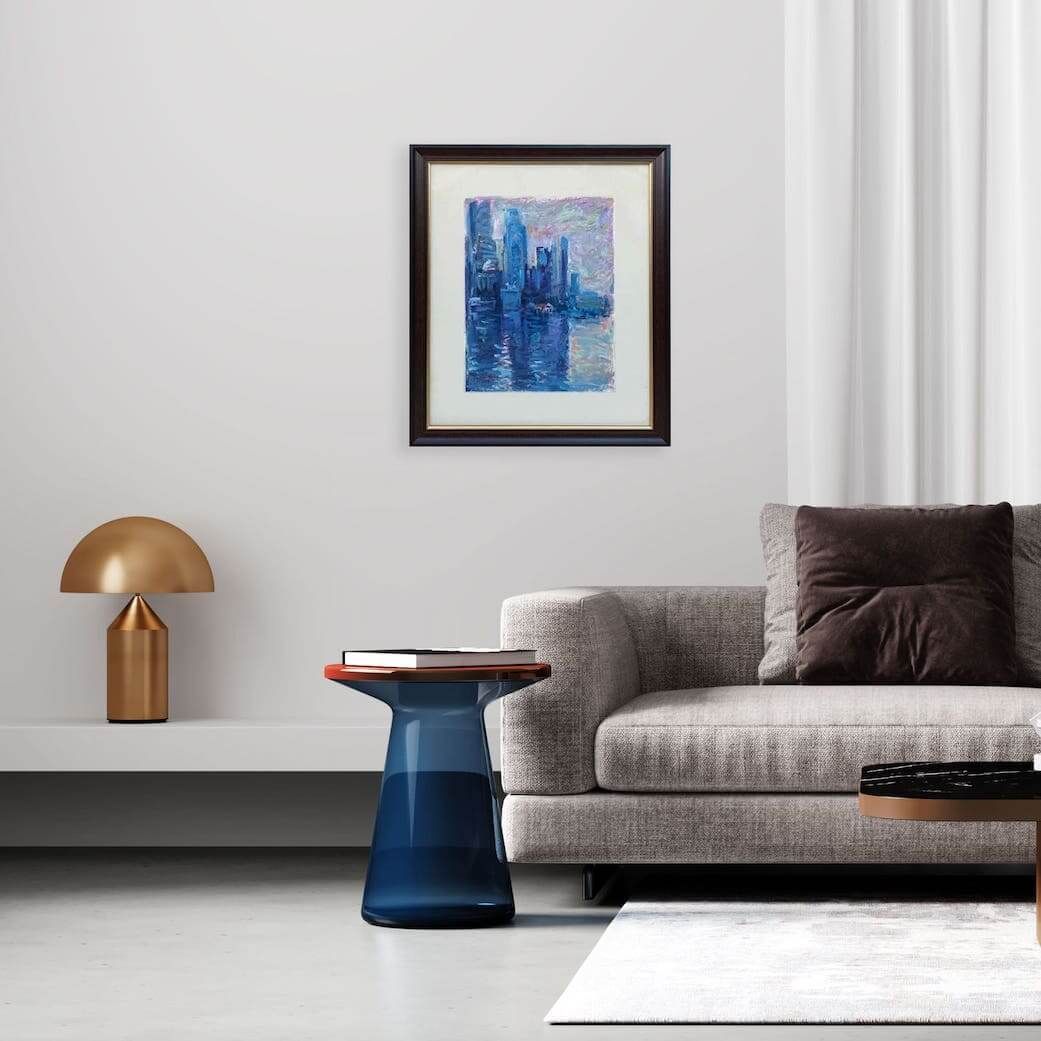Consider the Medium and Maintenance Requirements and Inspect the Condition of the Artwork
Step 5: Consider the Medium and Maintenance Requirements
Each type of art—oil, Chinese ink, watercolour, or mixed media paintings—comes with its own care needs.
Before buying, ask gallery staff about how to properly care for the artwork, whether there are materials that may degrade over time, and their recommendations for a professional framer or conservator.
This is especially crucial in humid climates as proper care is essential to preserve the condition of your art.
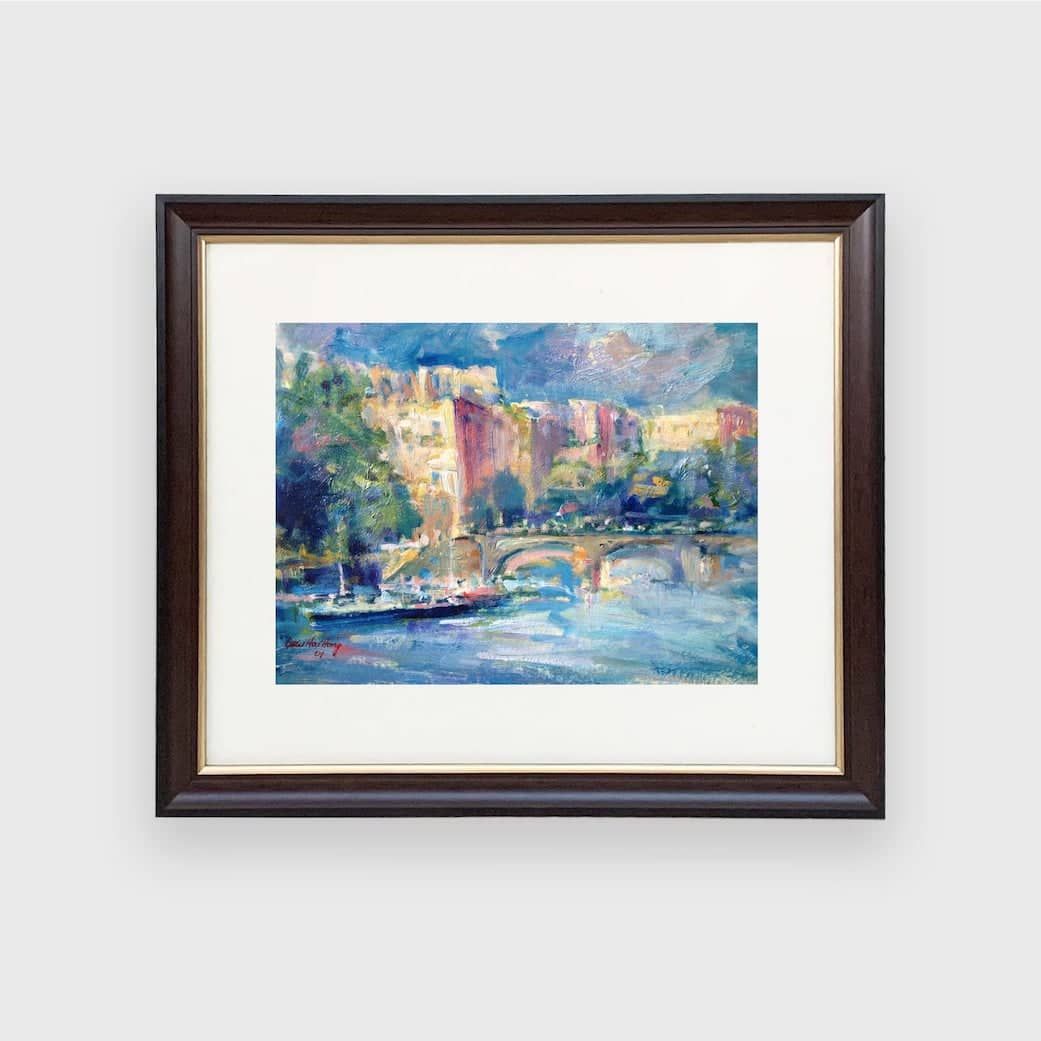
Step 6: Inspect the Condition of the Artwork
Inspecting the condition of the artwork is essential before making a purchase.
Damage or deterioration can affect both the aesthetic and the value of the piece.
For older pieces, some restoration might be acceptable, but it should be disclosed.
Do not assume every piece on a gallery wall is in perfect condition. Here are some details to look out for:
General Condition
Examine the artwork under good lighting and look for any signs of damage such as cracks, scratches, tears, fading, and chips.
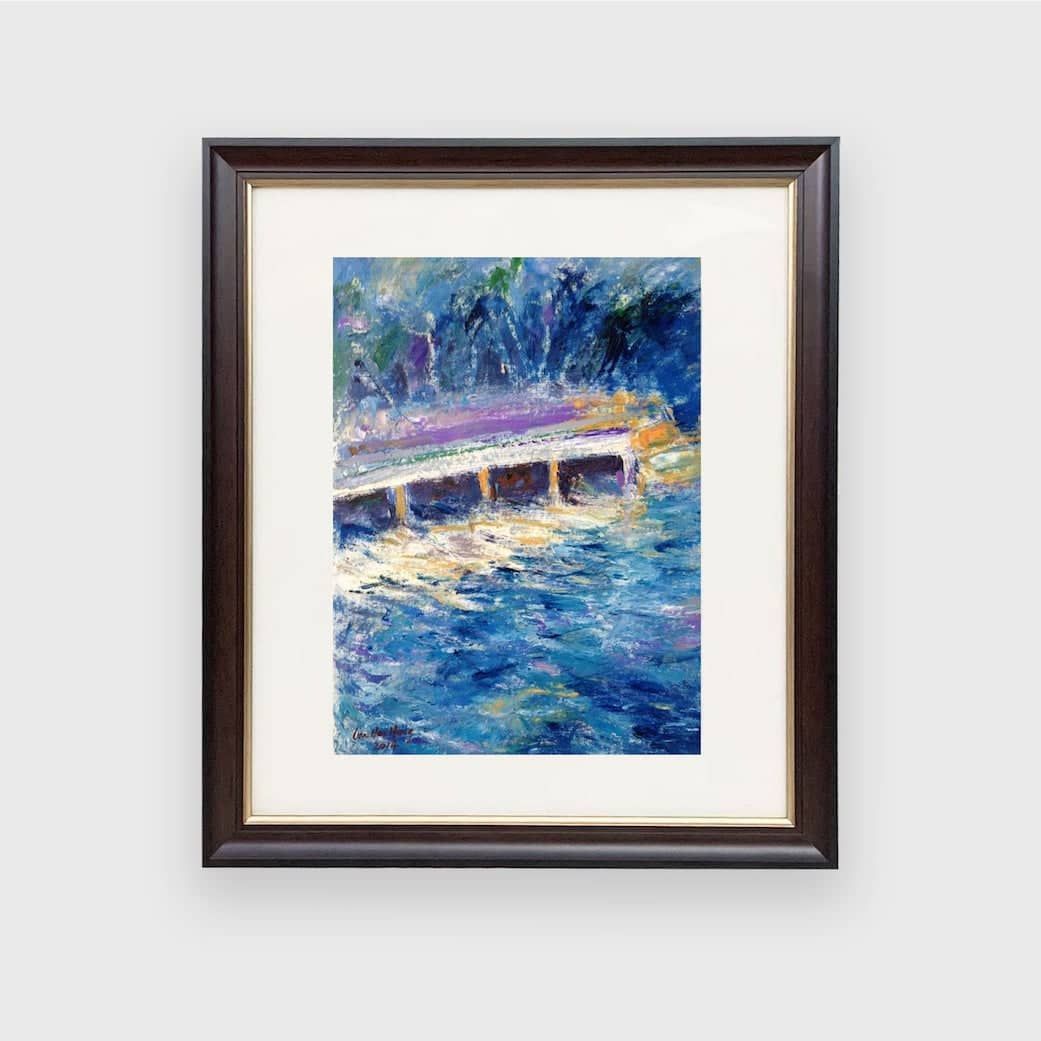
Specific Canvases
For artworks on canvas, check the tension and the back, and for artworks on paper, make sure they are not warped or discoloured.
Stored & Displayed
Ask about how the artwork has been stored or displayed.
Reputable galleries usually have preservation protocols in place—but it never hurts to double-check.
